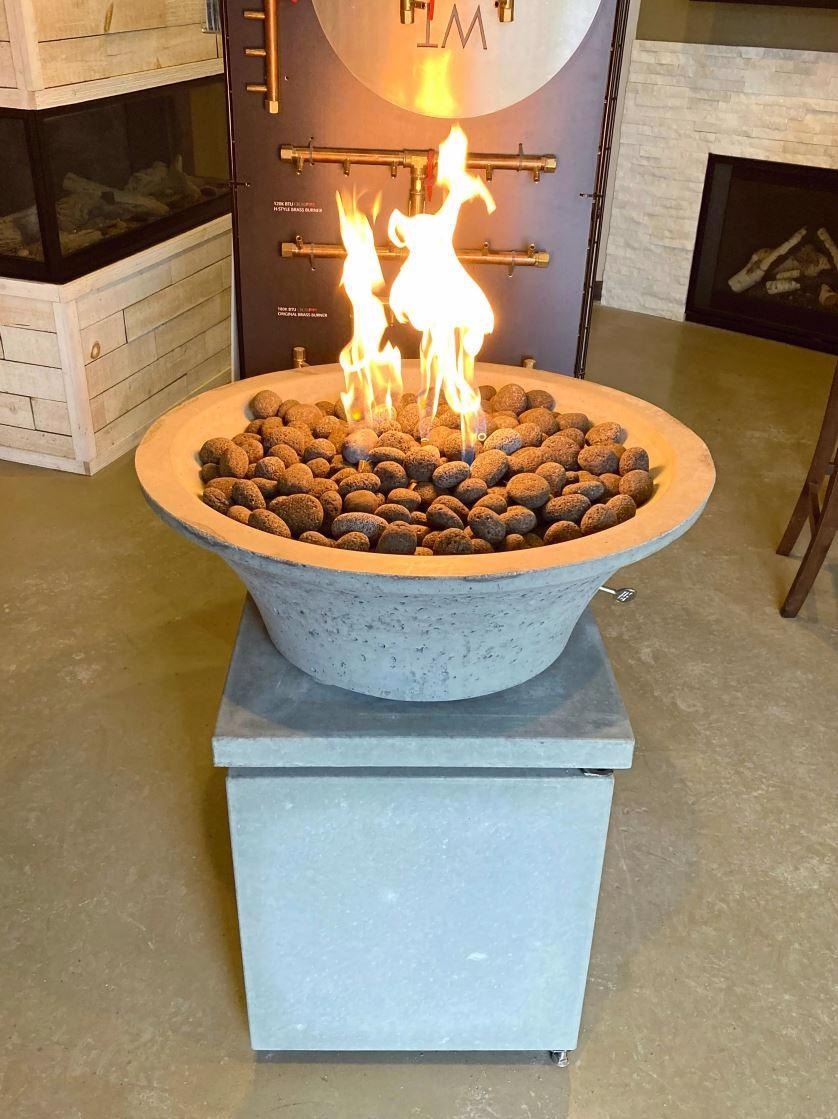
Image Credit: Concrene
The addition of just a touch of graphene could make the world's most ubiquitous building material stronger, more durable and even a touch greener.
The first graphene-enhanced concrete is about to hit the American market. April 2021 will see the culmination of a project between the Advanced Materials Division of Thomas Swan¹ and Concrene² — a UK-based nanotech company.
The addition of a tiny amount of graphene — supplied by Thomas Swan — to concrete improves the building material's hardening process and results in a lighter and stronger structure. But, there is arguably a more important element to the addition of graphene to concrete.
Four billion tonnes of concrete are produced each year for use in homes, roads, dams, bridges and almost every other building or large structure imaginable. This intense demand means that cement accounts for 8% of the world's carbon dioxide emissions. If carbon emissions are to be reduced, then an alternative recipe for concrete that cuts down on carbon emissions is desperately needed. That's where graphene-enhanced concrete comes in.
Adding Graphene to the Mix
The essential mix for concrete has remained pretty much unchanged for the past two centuries. Calcium carbonate in the form of limestone is heated with clay in a kiln at temperatures of around 1500⁰C. This causes the limestone and clay to break down into oxides and recombine into dicalcium and tricalcium.
The resultant mixture, clinker, is ground down and mixed with gypsum — or calcium sulfate dihydrate to give it its official name — which helps the concrete set later down the line. The addition of water results in the combination of silicates and the formation of calcium silicate hydrate, which binds the cement particles together.
The heating of the kilns in which that initial mix is placed, to high temperatures, requires the burning of fossil fuels, thus releasing carbon dioxide. Carbon dioxide is also released as the limestone breaks down — this accounts for over half of the total emission of the cement creation process. The majority of the rest of the carbon dioxide emissions associated with the process result from transportation.
This gives chemists and engineers several methods to cut carbon dioxide emissions from the creation of concrete, beyond just focusing on changing this recipe. Suggestions have ranged from mixing the resultant concrete with fly ash or pozzolan — a silicate material — to changing the composition of the clinker, reducing the amount of limestone used, and even changing the material the kiln is constructed from. This means high temperatures can be achieved with less fuel.
The addition of graphene could provide a much simpler solution, however. Adding graphene makes concrete stronger, meaning that not only can less of the material be used in a structure, but also its improved durability means that the graphene-based concrete can be reused.
Stronger, Lighter, More Durable and Greener
Research conducted into graphene-based concrete by Exeter University scientists — not part of the Thomas Swan/ Concrene collaboration — revealed the use of a small amount of graphene resulted in a concrete twice as strong as the traditional alternative³. In addition to this, the team found that their concrete was also four times as water-resistant as current materials.
"Effectively you can use less concrete to get the same strength that you would have with a normal concrete," Monica Craciun, an Exeter University nanoscience and nanotechnology professor, explains. "You can use around 50% less concrete; in that way, you can have a significant reduction of carbon emissions."
The roll-out of the first commercially available graphene reinforced concrete will be in a range of precast firepits offered by Fairview Hearthside.
We are delighted to be working with Concrene in this exciting partnership. With 8% of the World's carbon emissions emanating from concrete production, this demonstrates a tangible commitment to our internal goal of achieving Carbon Net-Zero by 2030. The team at Concrene will drive our GNP dispersion options in multiple regions, consolidating our position as a global volume manufacturer of graphene.
Michael Edwards, Commercial Director of Advanced Materials, Thomas Swan
References
1. Thomas Swan, [https://thomas-swan.co.uk/advanced-materials/]
2. Concrene, [https://www.concrene.com/]
3. Craciun. M. F., Dimov. D., Amit. I., Gorrie. O., et al, [2018], 'Ultrahigh Performance Nanoengineered Graphene–Concrete Composites for Multifunctional Applications,' Advanced Functional Materials, [https://doi.org/10.1002/adfm.201705183]
Disclaimer: The views expressed here are those of the author expressed in their private capacity and do not necessarily represent the views of AZoM.com Limited T/A AZoNetwork the owner and operator of this website. This disclaimer forms part of the Terms and conditions of use of this website.